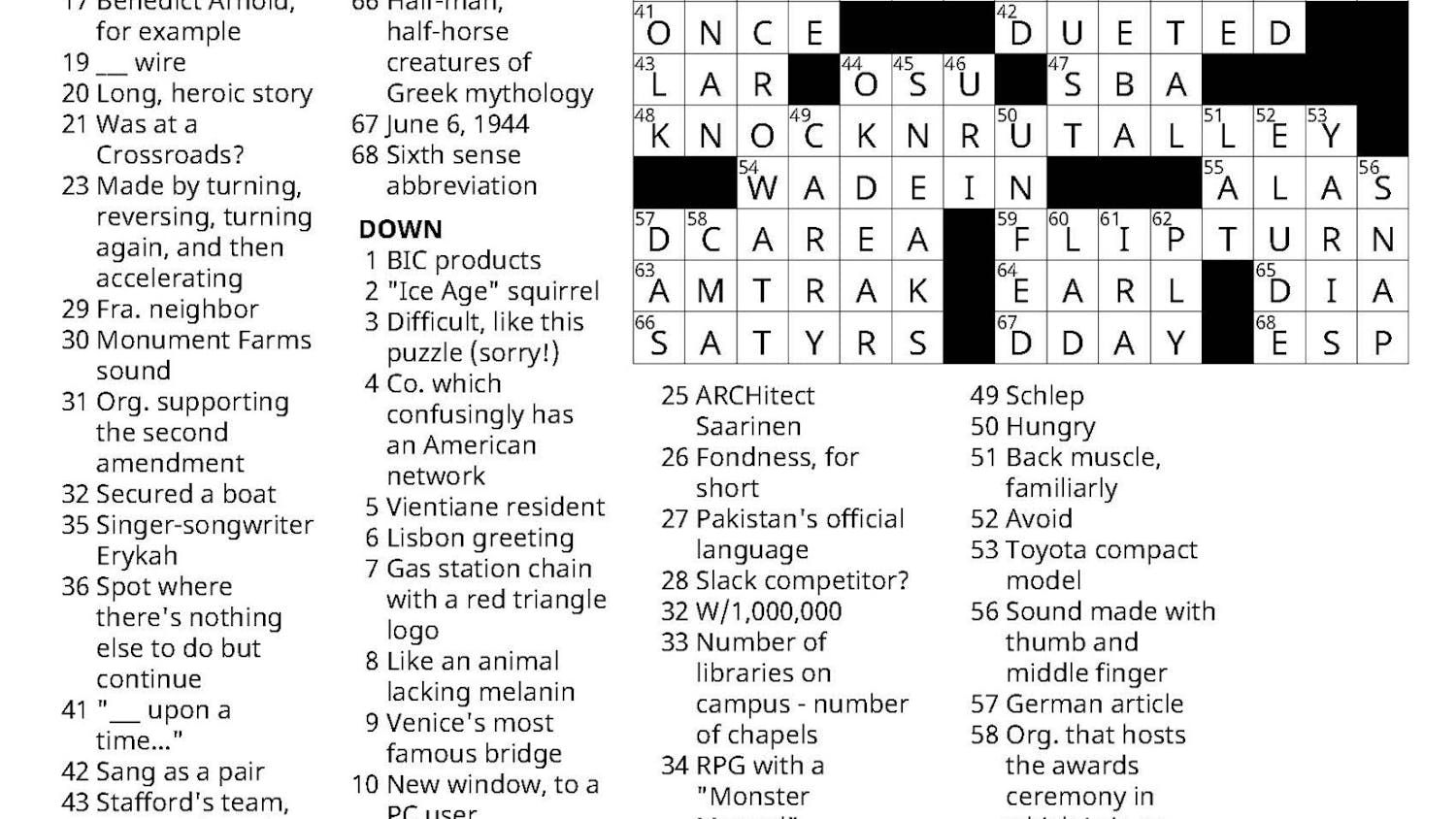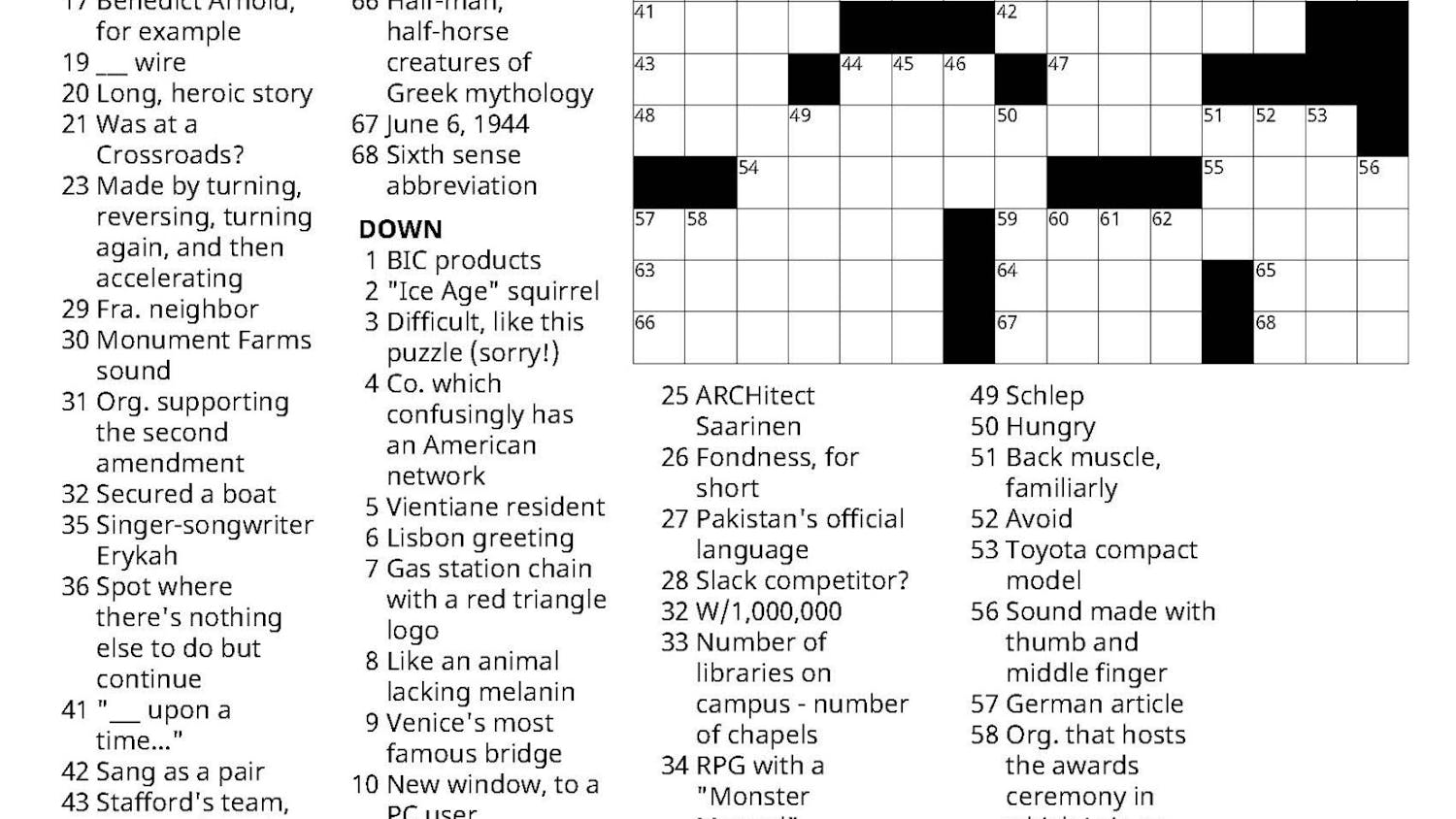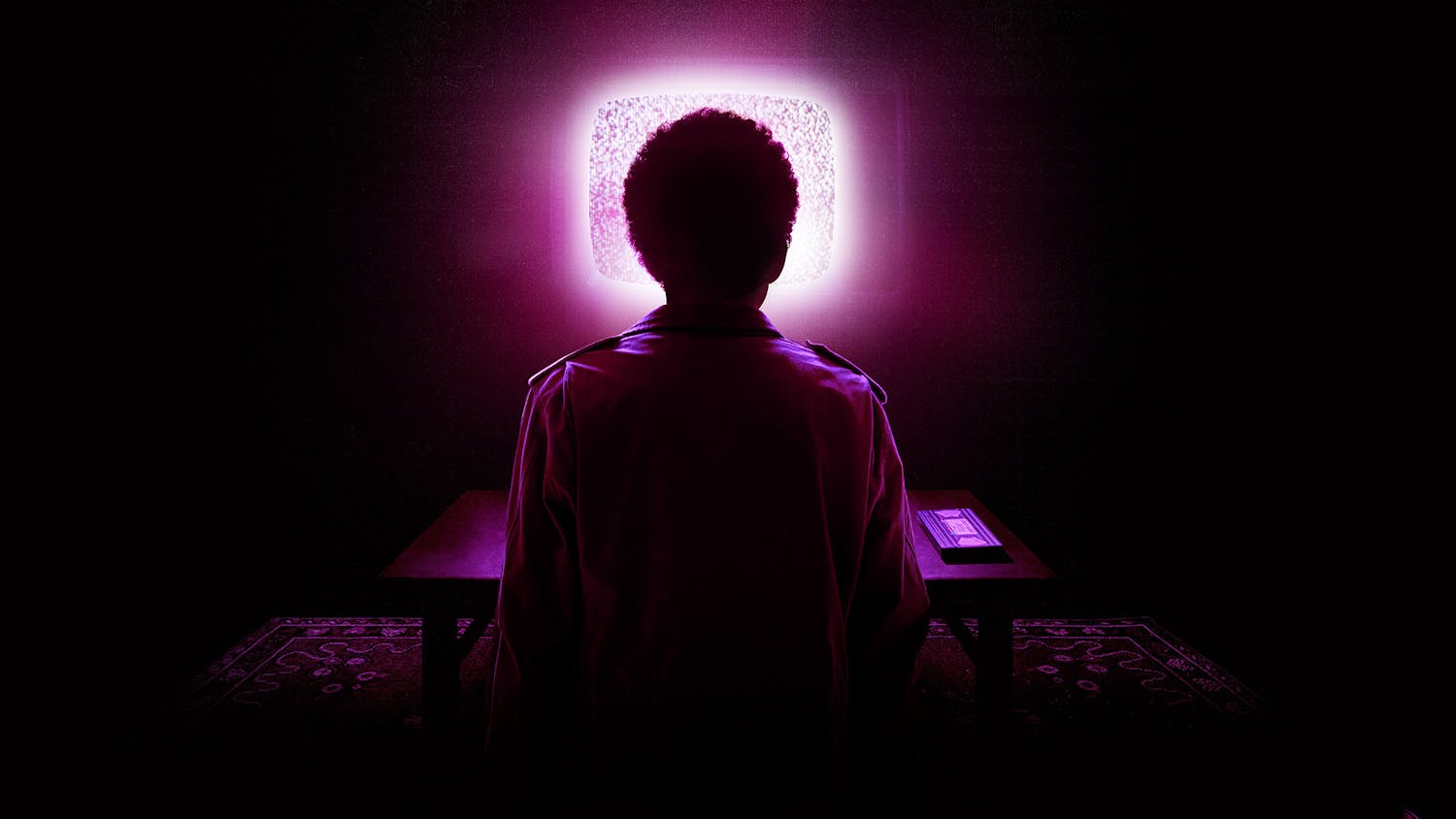The somewhat erratic release of The Life of Pablo has proven such an utter whirlwind that Kanye West might actually still be scribbling in some last-minute changes to the record as it slowly infiltrates pop culture. From the spontaneous private listening party at Madison Square Garden to his bemusing appearance on Saturday Night Live to the innumerable manic-depressive tweets explaining the chaos thereafter, Kanye has left the world rather perplexed with this one.
Pablo seems but a dream to most people right now, and their questions abound: What is this new record all about? Where did it come from? Is any of this even real?
Is any of this real?
Well, in pursuit of what this album is truly after, taking that question into serious consideration can lead us to some fairly interesting places.
What is important to recognize is that the entire thing does not actually exist to most people right now. In a percipient business move, Kanye decided to release Pablo exclusively through TIDAL, the streaming service of which he is a major stakeholder. This strategy did attract significant numbers, but the vast majority of people have now either poached it online or lost enthusiasm to seek it out. The Life of Pablo seems peculiarly unreal – in fact, it is doubtful that a single hard copy even exists – but the truly extraordinary thing is that the music within the album entirely substantiates its dreamlike state of being.
Most striking are the quick changes in tempo and harmony throughout, tearing the audience from the previous theme and transporting them into this strange new world that must be quickly understood. And then, like a dream, the moment you begin to feel grounded, the track ends immediately and a new bit-crunched synth drops in with those dark falsetto tones acting as a snare – something only Kanye can let loose. The most haunting track, “Freestyle 4,” epitomizes such a quality while inspiring a notion closer to that of a nightmare than a dream.
This kind of tactic naturally follows the surreal impermanency of Yeezus, but it seems so haphazardly put together that the audience is left questioning how much of this is rightly intended. Well, Kanye lets us in on a little secret during “FML,” telling us, “I been thinking about my vision / Pour out my feelings, revealing the layers to my soul.” Somehow, the great Mr. West seems utterly lost, driven by his anxiety and afraid to tell the truth.
The following track, “Real Friends,” breaks everything down – hostile music included – and he explains how, really, life is just too fake. This has all been fake: the words, the intimidation, the pulsing bass, crunched-up synths, brick-wall limiters – it is all part of the façade. And it is these slowed down drums echoing off the walls, the looping melancholic melody, the repeated phrase, “Real friends / Till 3 a.m. / Calling just to ask you a question / To see how you was feelin,” that bring everything back to reality.
But Kanye is a pretty capricious character.
He does not miss a beat as he drags us back down the rabbit hole, back into his phantasmagoria of music and performance. Perhaps the strangest moment actually lies outside the album proper, and onto the stage of SNL. His performance of the opening track “Ultralight Beam” on Feb. 13 was baffling, to say the least, with the cavernous light board behind his gospel choir, a mellowed-out clerical revival at the end and a more than uncomfortable finish of Kanye jumping around the stage screaming at people to download TIDAL and listen to the album right now.
If nothing else after watching this, the audience is left with a bizarre sense that they may literally be dreaming right alongside Yeezus. Again, the questions abound: What should we make of that? If this is art, how do we respond to that, and what does it matter to anyone? Assuredly, The Life of Pablo was designed for us to ask those questions exactly.
To narrow the scope a little: as college students, we too are oftentimes left with this overwhelming sense of discursive dreaming. There is fervency and vision, but we also feel lost among the crowd. We are told we can make a difference, that our education is what will change the future; but for now, we remain in a state of limbo, consumed within that “bubble” that everyone always seems so desperate to escape. Where is reality? Existing in a place of perpetual change can sometimes challenge our understanding of how “real” we are being within our community. People always talk about community, and where is that then?
Living inside this centralized, energized academic setting can bring forth some fairly heated discussions: discourse that we ask to be a part of because we acknowledge that we are here to engage with and learn from one another. If we neglect community, though, we see arguments as one-sided. We affirm our own beliefs and block out the rest of the noise. We burrow down and seek individual answers, instead of seeking together. It is important to recognize that we exist in a place of learning – and that it is best to learn from mistakes – but that does not erase the fact that we oftentimes act impetuously, hurling forth our sophomoric disputations into the daunting realm of academic debate. It is true of all college students that we are quick to act on our emotions.
And this kind of behavior does not seem too far off from the message that Kanye’s album and his accompanying online performance have brought us in the past couple weeks. The numerous explanatory tweets and exclusionary tactics further build that tension between fakeness and realness, and it all seems like some kind of hoax or dream. But, as if further contradiction is required, its inspiring beacon of hope through this endless sea of emotion and uncertainty is that of ultimate love.
It is incongruous and ironic that the same artist who raps with such heated vulgarity is able to produce an album that contains the simple plea for love. Kanye poses his troubles, wondering how any of this life could be real when things seem to be so different. As he says, “We’re on an ultralight beam. / This is a God dream.” But instead of acting out of reckless emotional attack – which he has had his fair share of – he finally comes around to tell us how he has seen the real message of love and unity at the end of that beam of light.
For the Record: The Life of Pablo
Comments



